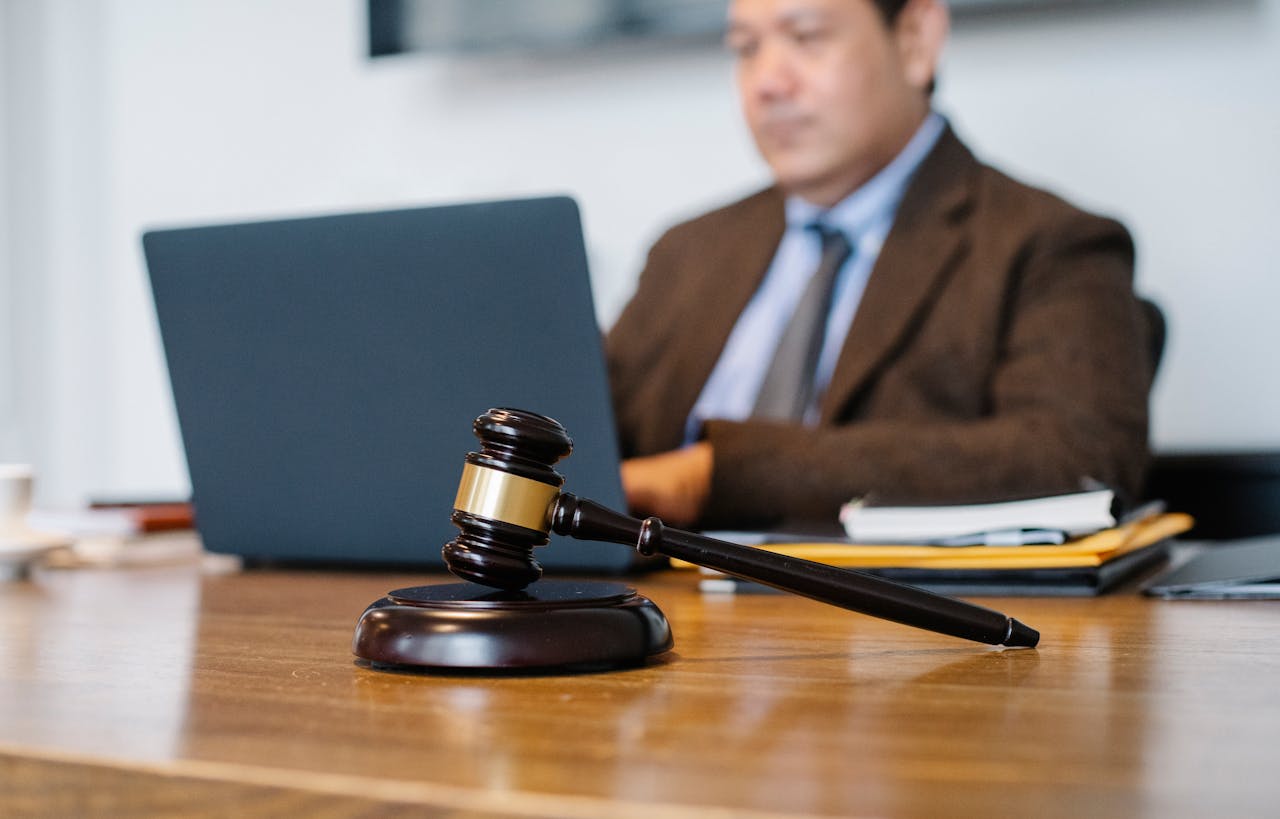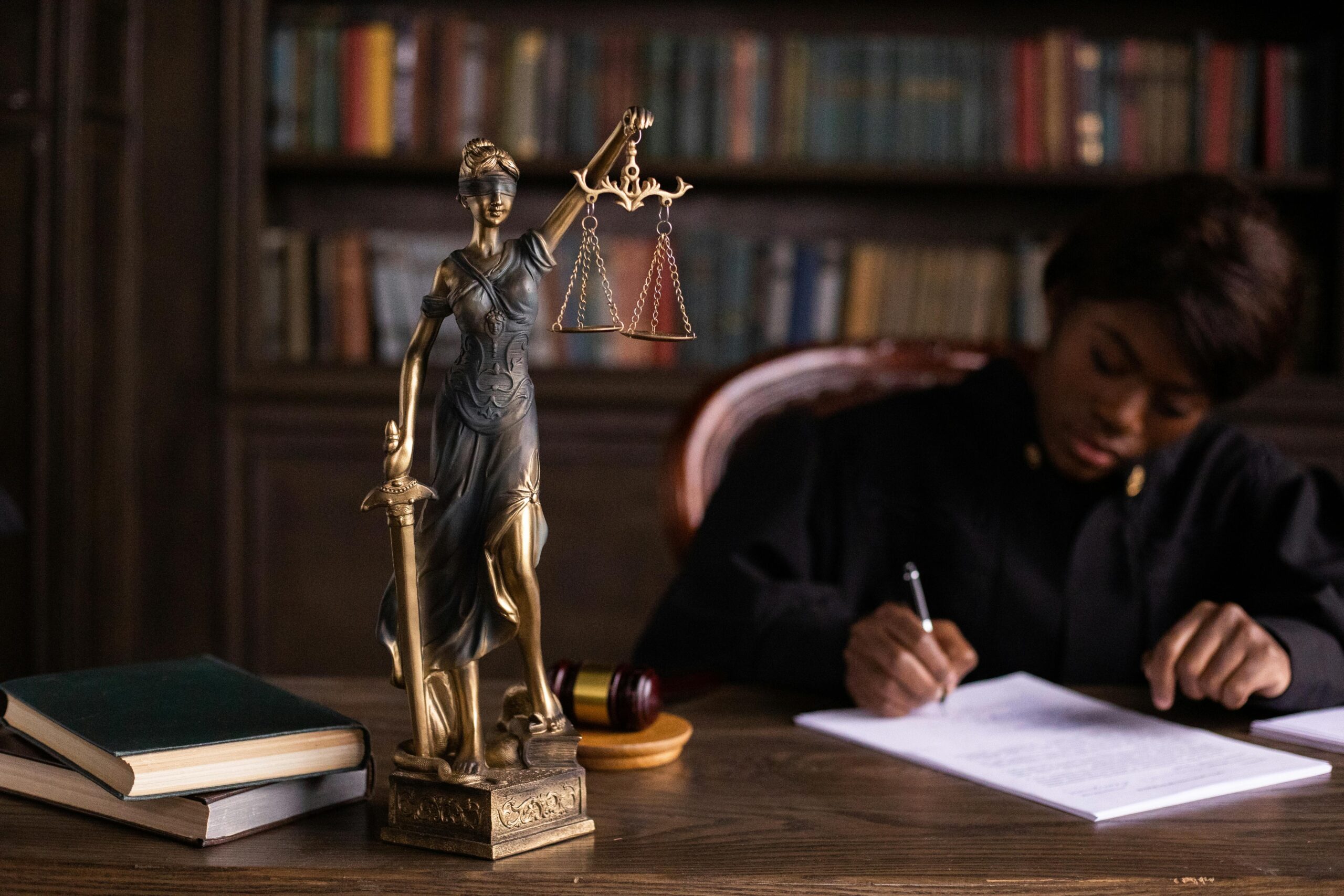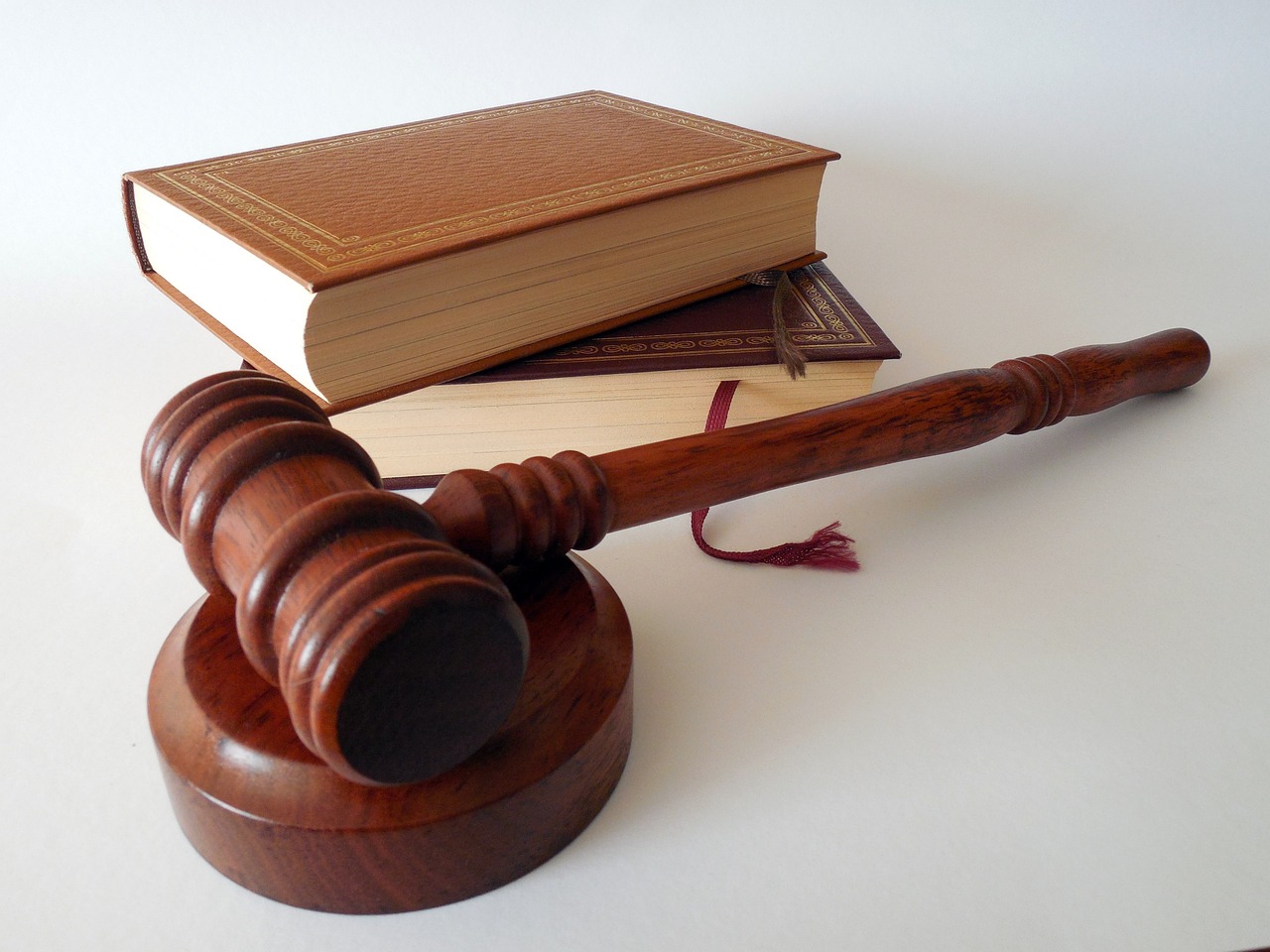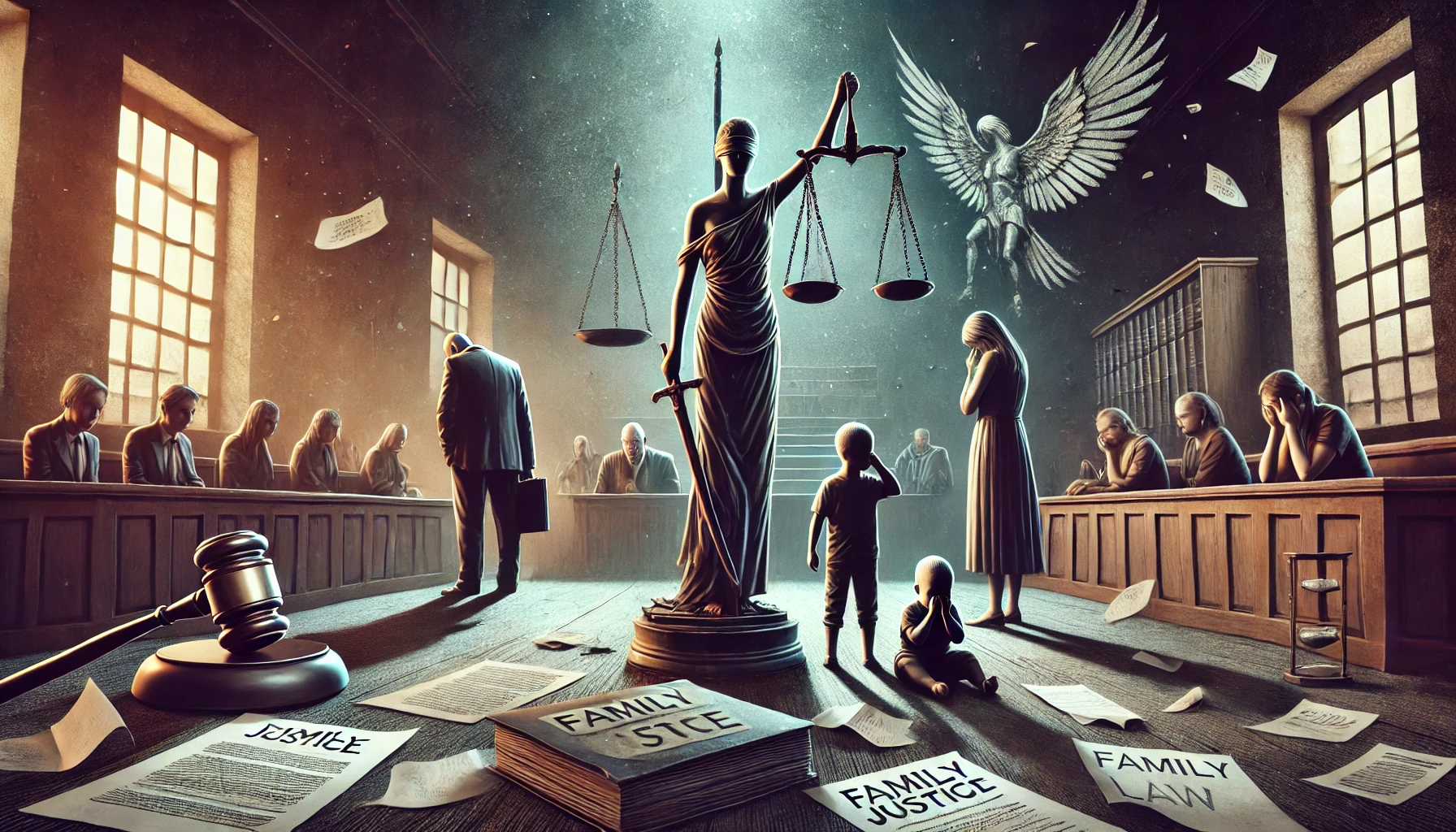Authored By: TAN GUAN YOU
UNIVERSITI KEBANGSAAN MALAYSIA
ABSTRACT
The rapid advancement of Artificial Intelligence (AI) has revolutionized various sectors, particularly creative industries, leading to significant debates on its legal and ethical implications. As AI becomes more adept at generating original content with minimal human input, pressing questions arise about the applicability of traditional intellectual property laws. This article critically examines the evolving role of AI in creative processes, focusing on the challenges it presents to copyright frameworks globally. It argues against granting copyright protection to AI-generated works, emphasizing that copyright should remain a uniquely human right. By analyzing the current legal landscape, this article explores alternative ways to recognize AI’s contributions without undermining the core principles of copyright law. A balanced approach is advocated, one that protects human creativity and innovation while ensuring that AI remains a tool rather than a rights-bearing entity in an era of rapid technological growth.
INTRODUCTION
The realm of Artificial Intelligence has surged forward with astonishing advancements, igniting transformative shifts across global industries. From immersive, metaverse-driven education to the revolutionary innovations of Web3 blockchain technologies, AI is reshaping the very foundations of our digital landscape.[1] The art world finds itself swept into this revolutionary tide, as AI-generated art forges an exhilarating and groundbreaking frontier.[2] This evolution has unleashed a cascade of challenges and opportunities, sparking deep and thought-provoking debates on the essence of creativity, the nuances of artistic ownership, and even the fundamental definition of art itself. As AI-driven artistry gains momentum[3], it propels vital discussions within copyright law and probes the moral status of artificial intelligence.[4] Copyright law, traditionally grounded in the notion that creative works stem from human authorship, now faces significant challenges in adapting to the rapid surge of machine-driven creativity.[5] This evolving dynamic has ushered in a complex, layered legal landscape around AI-generated art, sparking fervent debates on the rightful ownership of such works.[6] Redefining artistic ownership and copyright in this era of machine creativity holds sweeping and potentially transformative implications for the future of intellectual property rights.[7] Some contend that AI-generated art should fall under the same copyright protections as traditional art, asserting its value and originality.[8] Others, however, call for fresh legal frameworks that recognize the collaborative interplay between human creators and machines, reflecting the unique dynamics of the AI-influenced creative process.[9]
This article argues that AI should not be granted copyright protection because, under current conditions, AI is not recognized as a legal entity and lacks the cognitive abilities that copyright law is meant to protect.[10] Copyright is designed to safeguard human creators, who possess personal expression, creativity, and intent which are the qualities that AI, as it exists today, does not have.[11] AI functions as a tool programmed by humans, without independent thinking or creativity.
This article examines the evolving legal landscape around AI-generated works and explores whether AI can be granted copyright protection under current law. It seeks to address the challenges of applying traditional copyright frameworks to AI-generated art, the distinction between AI as a tool and an independent creator, and the potential legal ramifications if AI were to evolve into a more advanced entity. It also investigates the implications of recognizing AI’s contributions to art while maintaining a human-centered legal framework for copyright protection.
Unless AI evolves into a “super AI” that can surpass human intelligence, manifesting cognitive and thinking skills of its own,[12] it cannot fulfill the legal and philosophical criteria for holding copyright.[13] Until such advancements occur, AI cannot hold rights or liabilities under the law. In cases where humans use AI as a tool, copyright should remain with the human creator who directs the process. This approach ensures that copyright remains a uniquely human right, while recognizing AI as a powerful, yet non-sentient, tool within legal frameworks designed for human creators.
BACKGROUND
In Malaysia, the copyright law is governed by the Copyright Act 1987. Under this act, there is no specific requirements for copyright registration but voluntary notification is encouraged. Three essential elements must be fulfilled to establish copyright protection. [14] First, sufficient effort must have been expended to make the work original in character.[15] Second, the work must be written down, recorded, or otherwise reduced to material form.[16] Finally, the creator must be a qualified person, or the work must have been created or first published in Malaysia.[17] These elements ensure that copyright in Malaysia protects original, material works while maintaining a connection to the country’s legal and jurisdictional framework. The section 7(1) of the Act listed the “Works of mind”, which are eligible for copyright protection under the Act. This includes literary works which include musical, artistic works, films, sound recordings and broadcasts.[18] Besides, section 7(3) states that a literary, musical or artistic work is eligible for copyright protection if it is an original work; if it complies with the requirement as to form, if it belongs to one of the categories of protected works,[19] and lastly, if it complies with the requirement of status. These works are protected irrespective of their quality and the purpose for which they were created.[20] A work is eligible for copyright if it is original and has been written down, recorded or otherwise reduced to material form.[21] However, there requirements do not apply to the audio documents, such as broadcast, sound recordings or films.[22]
Generally, copyright shall subsist in every work eligible for copyright if the work is made by a qualified person.[23] The term “qualified person” is defined under section 3 of the Act as a person who is a citizen or permanent resident of Malaysia for individual and a body corporate established in Malaysia. However, the term “qualified person” does not extend to AI. Therefore, Ai-generated works do not fulfill this condition under the Copyright Act 1978.[24] Similarly, even if an AI-generated work qualifies for copyright protection in Malaysia, it might still not meet the requirements of Section 26(1) of Copyright Act 1978,[25] which restricts copyright ownership to the “author” of the work, defined as a natural person who created it. Under the Penal Code[26], “entity” only covers a person, group, trust, partnership or fund which does not include AI. This means that AI is not capable of holding rights and liability under the law. Therefore, since AI is not an entity who can be responsible to have the rights and liability, no copyright can be granted to the AI.[27] For instance, in the case of Naruto v Slater[28], PETA filed a lawsuit in California on behalf of a crested black macaque named Naruto, who became famous for taking a “monkey selfie.” The lawsuit aimed to have Naruto recognized as the “author” and copyright owner of the photos, challenging photographer David Slater’s copyright claim. PETA argued that U.S. copyright law doesn’t prohibit animals from owning copyrights, seeking proceeds from the photos to benefit Naruto and his community. In this case, it was held that it is insufficient to allow the copyright ownership of a monkey solely because the law does not prohibit it. The law does not recognize monkey, as an animal shall not be considered as an “entity” who can owns the rights and liability. Therefore, no copyright shall be granted to the monkey. If AI were to be regarded as a legal entity subject to punishment for crimes, enforcing such penalties would prove ineffective. As software lacks emotions, punishment would have no impact or deterrent effect on it.[29]
However, it could be argued that for AI-generated works, the “author” is the individual who provides the input or prompt that leads to the AI’s output.[30] This concept is somewhat similar to a graphic designer using design software to create a work, but differs in that AI can generate the entire work without any human authorship or control.[31] Therefore, there is a possibility that the user who uses AI as a tool can have the ownership of the copyright instead of AI. It is important to note that there is currently no established case law in Malaysia to conclusively determine whether copyright protection applies to AI-generated works.[32]
ANALYSIS
It is crucial to distinguish between different types of AI when addressing copyright issues. Narrow AI, which assists users with specific tasks, lacks independent creativity and primarily follows user commands.[33] In such cases, the copyright can rightfully belong to the human user who directs the AI’s output, as the AI functions as a tool rather than a man-made creature.
Conversely, General AI, if developed to function independently without human interference, would raise more complex challenges.[34] Since General AI could operate without user guidance, creating content on its own, it should not be granted copyright protection. AI is not a legal entity capable of holding rights or responsibilities under the law, and granting copyright to General AI would blur the distinction between tools and legal rights holders.[35] This approach ensures that the legal framework remains consistent with the core principles of copyright law, which are centered on human creativity, while still acknowledging the role of AI as a tool for innovation.[36]
COPYRIGHT LAW FOR NARROW AI
Narrow AI is designed and trained to perform specific tasks or a limited range of tasks with efficiency but lacks the ability to generalize beyond its predefined scope.[37] While these systems, like voice assistants or recommendation engines, are highly dependant on user interference and they do not possess understanding or awareness.[38]
In the case of Li v Liu[39]in China, the plaintiff, Mr. Li Yunkai, generated a picture using Stable Diffusion, an open-source AI software, and published it on social media. The plaintiff later discovered that the defendant, Ms. Liu Yuanchun, had used the picture in her article “Love in March, in the Peach Blossoms” on the Baijiahao platform without permission. The Beijing Internet Court explained that for a work to qualify for copyright protection, it must be “original,” meaning it is independently created and reflects the author’s personalized expression. [40]In particular, the plaintiff did not draw the lines and color on the image himself and instead it was drawn by the AI according to the given prompts and instructions. This reflects the plaintiff’s creativity in the choices and arrangements as well as aesthetic choice and personal judgment. Accordingly, the court held that the AI-generated work is entitled for copyright as it is original and it cannot be developed without the user intervention by giving the prompts. However, the copyright needs to be owned by the user as the qualified person instead of the AI.
The copyright can be granted to the AI if it is proven to be original and reflects the author’s personalized creativity. For instance, in the United States, the US Copyright Office gave partial copyright protection to the graphic novel “Zarya of the Dawn.” [41]They protected the text and how the images are arranged, but not the individual images. The creator wants full protection and plans to keep fighting for it. The author used AI to create images for a graphic novel. The Copyright Office first gave copyright protection to the whole novel, but then reviewed it after finding out the author used AI. They wanted to know if the author’s work with the AI was enough to be considered original and creative. In this case, the copyright application was rejected as it was not original and creative due to the lack of the element of innovation in it. Thus, if an AI generated work is creative and original with sufficient human intervention , it can be entitled to copyright registration as long as it is owned by the user. [42]
Besides, in the Czech case of S. Š. vs. TAUBEL LEGAL[43], a plaintiff sued a law firm for publishing an image on its website without permission. The image, depicting two hands signing a business contract, was created by the plaintiff using AI based on specific instructions: “create a visual representation of two parties signing a business agreement in a formal environment; for example, in a conference room or a law office in Prague. Show only the hands.” The court, acknowledging that the image was created by AI, dismissed the argument. It stated that the AI-generated work did not constitute a “work” under copyright law since it lacked the unique creative activity of a natural person. The author of the article disagrees with this decision as the work produced was unique and original. The user who sends the prompt shall have the right to own the copyright for the generated image as the image will not be formed without his contribution in it. [44]
These cases suggest that copyright for AI-generated works should be owned by the user. This recognizes the essential collaboration between human creativity and AI’s capabilities in assisting the user for the generating of the output. In Malaysia, only a qualified person can own copyright, meaning that a user who employs AI as a tool may meet this requirement.
COPYRIGHT FOR GENERAL AI
General AI refers to AI systems that possess human-like intelligence and the ability to perform a wide range of tasks across different domains,[45] similar to how humans adapt to various challenges. Unlike Narrow AI, General AI would be capable of understanding, learning, and applying knowledge in diverse contexts without human intervention.[46]
In the China case of Shenzen Tencent v. Shanghai Yinxun[47], the plaintiff, owner of Dreamwriter, an AI writing assistant, published an article regarding the stock market analysis on its website, Tencent Securities. The article was generated by Dreamwriter and noted as such. Dreamwriter collected and analyzed stock market data, forming article structures based on the Plaintiff’s specifications. The article was produced and published within 2 minutes of receiving stock market data. The Defendant later published the same article, including the endnote crediting Dreamwriter. The Dreamwritter will analyze the stock market according to the databases and no human intervention was required in the process. It was held by the court that under Article 2 of the Implementing Regulation of Copyright Law “works” shall refer to the original works of literature, arts, and sciences with intellectual results which can be reproduced in a tangible form. Simultaneously, Article 3 states that “the creation of works” refers to refer to the intellectual activities directly related to the production of works of literature, arts, and sciences. The main issue in this case was whether the article produced by Dreamwritter was a “work” under the law and whether the process of generating using AI was a “creation”. The court also held that the way Dreamwritter was set up and the data it used were creative decisions that contributed to the article’s expression. While Drewamwritter generated the article automatically, the choices made by the developers influenced the final result. This shows that the article has some originality and is not just a random output. However, in the Malaysia context, AI is still not fully developed until a super AI is developed which makes it capable of having the rights and own liabilities under the law. [48]
Besides, in the case of Thaler v. Perlmutter[49], Thaler attempted to register a copyright in the US for an artwork titled “A Recent Entrance to Paradise,” which he claimed was autonomously created by his AI system, the “Creativity Machine.” Thaler identified the AI as the copyright author and argued that ownership should transfer to him under “work for hire” principles. However, the US Copyright Office rejected the application, citing a lack of human authorship which is a requirement for valid copyright registration. In this case, the AI was developed to create artwork independently without any user’s interference. Thaler appealed the decision to the District Court for the District of Columbia. Thaler’s appeal was rejected by the court and the copyright was not granted. The Court emphasized that copyright requires human authorship, stating, “Copyright has never extended to works generated by technology operating without a guiding human hand. Human authorship is a bedrock requirement of copyright.” The Court also cited previous cases where works claimed to have been created by celestial beings, nature, or animals were also denied copyright protection. Thaler’s ownership claims were irrelevant since no copyright existed to transfer. If an AI developer intended to register copyright under the AI itself, it shall not be allowed as AI is not conscious and capable to hold responsibility under the law. If an AI infringed others’ copyright, no punishments can be imposed against an AI which is not an actual human. Granting copyright to AI requires the AI to have the similar consciousness as human-being to hold responsibilities and rights.[50] This stance aligns with Malaysia’s position, which does not recognize AI as a legal entity capable of holding rights or liabilities.
CONCLUSION
The rise of AI-generated art has thrust a critical legal challenge into the spotlight of copyright law in Malaysia.[51] While some argue that not granting copyright to AI-generated works may hinder the development of AI technologies, it is crucial to recognize that AI, in its current state, does not possess the consciousness or legal personhood required to hold rights or assume responsibilities under the law.[52]
An interesting example of AI’s evolving status occurred in 2017 when the social robot Sophia was granted citizenship by Saudi Arabia, the first instance of legal personhood being extended to a robot.[53] However, such instances remain rare, and AI is still in the process of development. Until a “super AI” that possesses human-like consciousness, self-awareness, and the ability to assume legal responsibilities is created, copyright should remain a uniquely human right.[54]
For now, copyright can be granted to the human users who utilize Narrow AI as a tool to assist in creative processes. In cases where AI operates autonomously without human involvement, no copyright should be granted, as AI is not an entity capable of holding legal rights. As AI technology continues to evolve, it is possible that future legal frameworks will need to adapt to the emergence of super AI.[55] However, until that point, the current copyright framework should ensure that human creativity remains at the forefront, while recognizing AI’s role as a non-rights-bearing tool for innovation.
REFERENCE(S):
[1] Cui, L., Zhu, C., Hare, R., & Tang, Y. (2023). MetaEdu: A new framework for future education. Discover Artificial Intelligence, 3(10). https://doi.org/10.1007/s44163-023-00053-9
[2] \r\n \n AI in Art: A New Frontier of Creativity or a Threat to Traditional Artistry?\n \r\n. (2022). Nickharborne.com. https://www.nickharborne.com/ai-in-art-a-new-frontier-of-creativity-or-a-threat-to-traditional-artistry.
[3] Makhmutov, M., Varouqa, S., & Brow, J. A. (2020, December). Survey on copyright laws about music generated by artificial intelligence. In 2020 IEEE Symposium Series on Computational Intelligence (SSCI) (pp. 3003-3009). 1 Institute of Electrical and Electronics Engineers (IEEE). https://doi.org/10.1109/SSCI47803.2020.9308449
[4] Redaelli, R. (2023). Different approaches to the moral status of AI: A comparative analysis of paradigmatic trends in Science and Technology Studies. Discover Artificial Intelligence, 3(1234567890). https://doi.org/10.1007/s44163-023-00076-
[5] Masood, A. (2025, April 4). Intellectual Property Rights and AI-Generated Content — Issues in Human Authorship, Fair Use Doctrine, and Output Liability. Medium. https://medium.com/@adnanmasood/intellectual-property-rights-and-ai-generated-content-issues-in-human-authorship-fair-use-8c7ec9d6fdc3.
[6] Epstein, Z., Levine, S., Rand, D.G., & Rahwan, I. (2020). Who gets credit for AI-generated art? iScience, 23(9), 101515.
[7] The AI Copyright Conundrum: Redefining Creativity in the Digital Age. (2024). Creatives Unite. https://creativesunite.eu/article/the-ai-copyright-conundrum-redefining-creativity-in-the-digital-age.
[8] Blaszczyk, M., McGovern, G., & Stanley, K. D. (2024, November 20). Artificial Intelligence Impacts on Copyright Law. Rand.org; RAND Corporation. https://www.rand.org/pubs/perspectives/PEA3243-1.html.
[9] Mazzi, F. (2024). Authorship in artificial intelligence‐generated works: Exploring originality in text prompts and artificial intelligence outputs through philosophical foundations of copyright and collage protection. the Journal of World Intellectual Property/the Journal of World Intellectual Property, 27(3). https://doi.org/10.1111/jwip.12310.
[10] Praja, C. B. E., Hakim, H. A., Basri, Kurniaty, Y., & Sari, E. P. (2025). Legal Analysis of AI-Generated Creations: Copyright Law Perspectives. E3S Web of Conferences, 622, 03005. https://doi.org/10.1051/e3sconf/202562203005.
[11] Hoshiar, Singh, & Kiran. (n.d.). COPYRIGHT IN THE AGE OF ARTIFICIAL INTELLIGENCE: UNRAVELLING THE COMPLEXITIES FOR THE PROTECTION OF AI-GENERATED WORK. https://www.itu.int/en/ITU-T/academia/kaleidoscope/2024/Documents/S8.3Copyright-in-the-Age-of-Artificial-Intelligence-Unravelling-the-Complexities-for-the-Protection-of-AI-Generated-Work.pdf.
[12] Mucci, T., & Stryker, C. (2023, December 14). Artificial Superintelligence. Ibm.com. https://www.ibm.com/think/topics/artificial-superintelligence.
[13] Salmerón, L. G. (2025, June 18). Can Copyright Survive AI? AI Frontiers. https://ai-frontiers.org/articles/can-copyright-survive-ai.
[14] Halsbury’s Laws of Malaysia Editorial Team. (2016). Intellectual Property (2): Copyright. In Halsbury’s Laws of Malaysia, (4) Qualification for Copyright Protection, Halsbury’s Laws of Malaysia (Vol. 22). LexisNexis.
[15] Ibid.
[16] Ibid.
[17] Ibid.
[18] Copyright Act 1987, section 7(1).
[19] Ibid, section 7(3).
[20] Ibid, section 7(2).
[21] Ibid, section 7(3).
[22] Ibid, section 3.
[23] Ibid, section 10(1).
[24] Ong, H., & Khai Yi, L. (2023, March 6). Whether AI-Generated Work Could Be Protected by Copyright Law [Blog post]. HHQ Law Partners. https://hhq.com.my/posts/whether-ai-generated-work-could-be-protected-by-copyright-law/
[25] Copyright Act 1978, section 26(1).
[26] Penal Code, Section 130B.
[27] Skrine. (2019, September). Of universal application recognition of the doctrine [Skrine Newsletter]. Retrieved from https://www.skrine.com/insights/newsletter/september-2019/of-universal-application-recognition-of-the-doctri
[28] No. 16-15469 (9th Cir. 2018).
[29] Abbott, R. B., & Sarch, A. F. (2019). Punishing Artificial Intelligence: Legal Fiction or Science Fiction. SSRN Electronic Journal. https://doi.org/10.2139/ssrn.3327485.
[30] Scoredetect. (2023). AI and Copyright Infringement: A Creator’s Guide [Scoredetect]. Retrieved from https://www.scoredetect.com/blog/posts/ai-and-copyright-infringement-creators-guide
[31] International Business Machines Corporation (IBM). (2024, August 16). What is Artificial Intelligence (AI)? [IBM]. Retrieved from https://www.ibm.com/topics/artificial-intelligence
[32] Rosli Dahlan Saravana Partnership (RDS). (2023, July). Impact of Artificial Intelligence On Intellectual Property Rights [Legal Focus]. Retrieved from https://www.rdslawpartners.com/post/impact-of-artificial-intelligence-on-intellectual-property-rights
[33] Labbe, M. (n.d.). What is narrow AI (weak AI)? SearchEnterpriseAI. https://www.techtarget.com/searchenterpriseai/definition/narrow-AI-weak-AI.
[34] Google Cloud. (2024). What Is Artificial General Intelligence? | Google Cloud. Google Cloud. https://cloud.google.com/discover/what-is-artificial-general-intelligence.
[35] Anguiano, J. (2023). ArtificiAl intelligence And copyright. from thAler’s dilemmA to “the right to reAd is the right to mine” doctrine. https://www.institutoautor.com/wp-content/uploads/2024/01/inteligencia_eng_final.pd.
[36] Kulakauskaite, I. (2024, January 19). How AI is Accelerating Innovation. Www.hypeinnovation.com. https://www.hypeinnovation.com/blog/how-ai-is-accelerating-innovation.
[37] Escott, E. (2017, October 24). What Are The 3 Types Of AI? A Guide To Narrow, General, And Super Artificial Intelligence. Codebots. https://codebots.com/artificial-intelligence/the-3-types-of-ai-is-the-third-even-possible.
[38] Jajal, T. (n.d.). Narrow AI vs. General AI. How to Learn Machine Learning. Retrieved from https://howtolearnmachinelearning.com/articles/narrow-ai-vs-general-ai/
[39] Beijing Internet Court Civil Judgment (2023) Jing 0491 Min Chu No. 11279.
[40] DLA Piper. (2024, June). AI & human intervention: Partners in crime? [Insights]. Retrieved from https://www.dlapiper.com/en/insights/publications/2024/06/ai-and-human-intervention-partners-in-crime
[41] (Registration # VAu001480196) (2023)
[42] Kluwer IP Law Blog. (2019, November 21). AIPPI: No copyright protection for AI-generated works without human input, but related rights remain. [Copyright Blog]. Retrieved from https://copyrightblog.kluweriplaw.com/2019/11/21/aippi-no-copyright-protection-for-ai-works-without-human-input-but-related-rights-remain/
[43] law office Ltd. (IČ 24769321)
[44] De Grauwe, P., & Gryspeerdt, S. (2022, November 22). Artificial intelligence (AI): The qualification of AI creations as “works” under EU copyright law. Gevers.eu Blog. Retrieved from https://www.gevers.eu/blog/artificial-intelligence/artificial-intelligence-ai-the-qualification-of-ai-creations-as-works-under-eu-copyright-law/
[45] admin. (2024, October). Difference Between General AI & Narrow AI: 2023 Guide – parangat. Parangat. https://www.parangat.com/difference-between-general-ai-narrow-ai-2023-guide/.
[46] Jajal, T. (n.d.). Narrow AI vs. General AI. How to Learn Machine Learning. Retrieved from https://howtolearnmachinelearning.com/articles/narrow-ai-vs-general-ai/
[47] (20 No. CV 22-1564 (BAH), 2023 WL 5333236 (D.D.C. Aug. 18, 202319) Yue 0305 Min Chu 14010
[48] House of Lords Library. (2023, July 18). Artificial intelligence: Development, risks and regulation. Retrieved from https://lordslibrary.parliament.uk/artificial-intelligence-development-risks-and-regulation/
[49] No. CV 22-1564 (BAH), 2023 WL 5333236 (D.D.C. Aug. 18, 2023
[50] Tilleke & Gibbins. (2023). Liability Under Copyright and Trademark Laws [Insights]. Retrieved from https://www.tilleke.com/insights/liability-under-copyright-and-trademark-laws/48/
[51] Admin Administrator. (2025). AI in Malaysia: Can AI-generated works be copyrighted? Asia IP. https://asiaiplaw.com/article/ai-in-malaysia-can-ai-generated-works-be-copyrighted.
[52] Todhunter, E. (2023, October 16). The AI-Consciousness Conundrum: Can Machines Truly Be Aware? Technology Review. Retrieved from https://www.technologyreview.com/2023/10/16/1081149/ai-consciousness-conundrum/
[53] Thompson, C. (2017, October 26). Sophia robot, citizen, and sex object: A tangled web of our future. Wired. Retrieved from https://www.wired.com/story/sophia-robot-citizen-womens-rights-detriot-become-human-hanson-robotics/
[54] Kanade, V. (2022). What Is Super Artificial Intelligence (AI)? Definition, Threats, and Trends. Spiceworks. Retrieved from https://www.spiceworks.com/tech/artificial-intelligence/articles/super-artificial-intelligence/
[55] Anderson, J., & Rainie, L. (2018, December 10). Improvements Ahead: How Humans and AI Might Evolve Together in the next Decade. Pew Research Center: Internet, Science & Tech; Pew Research Center: Internet, Science & Tech. https://www.pewresearch.org/internet/2018/12/10/improvements-ahead-how-humans-and-ai-might-evolve-together-in-the-next-decade/.





